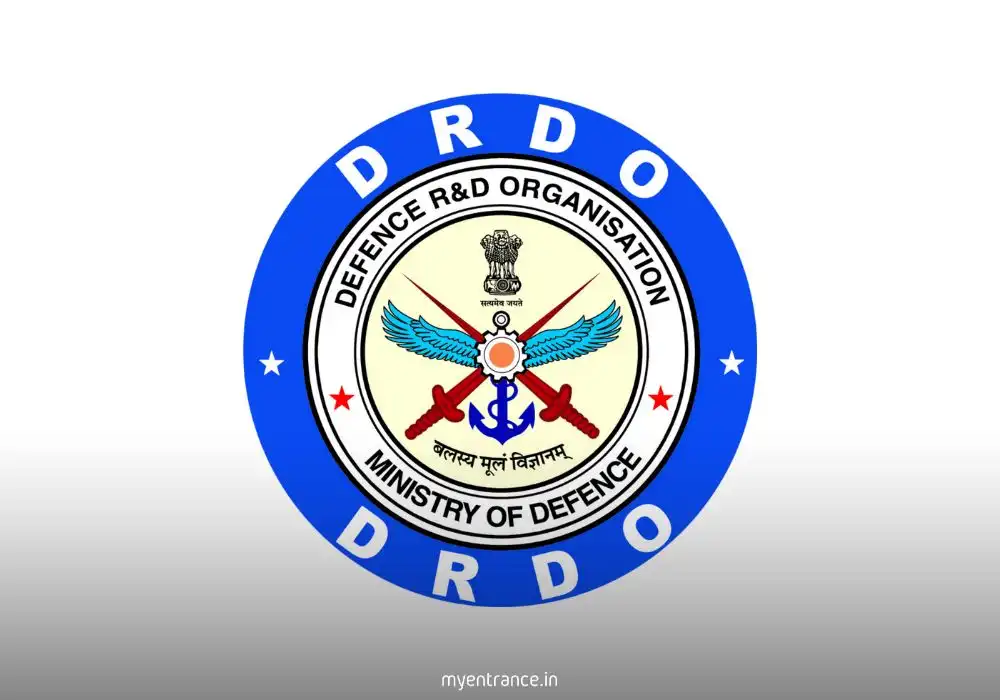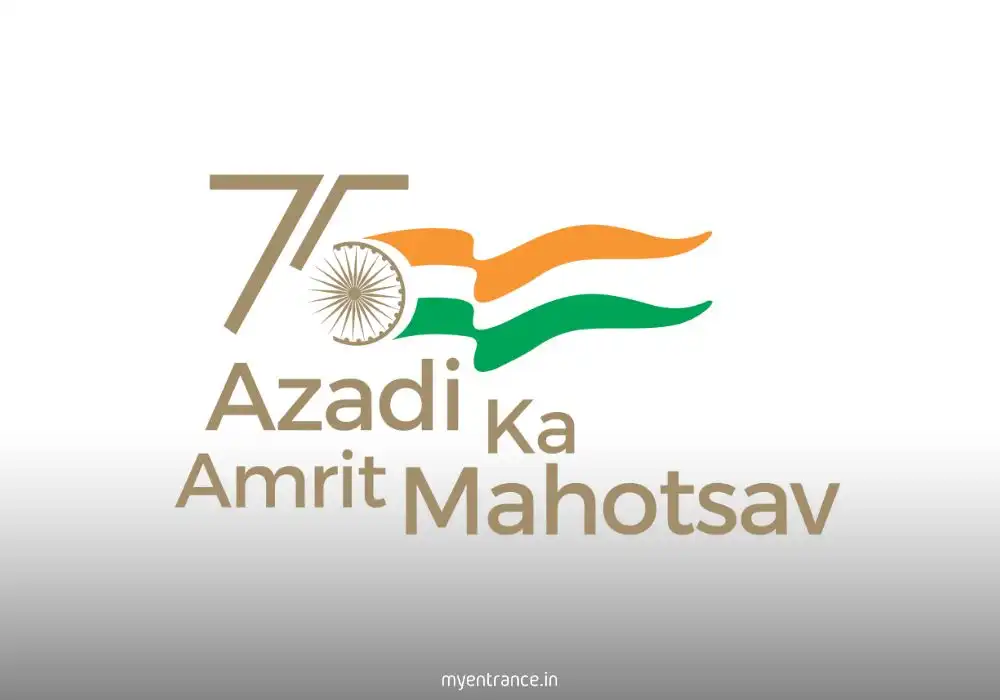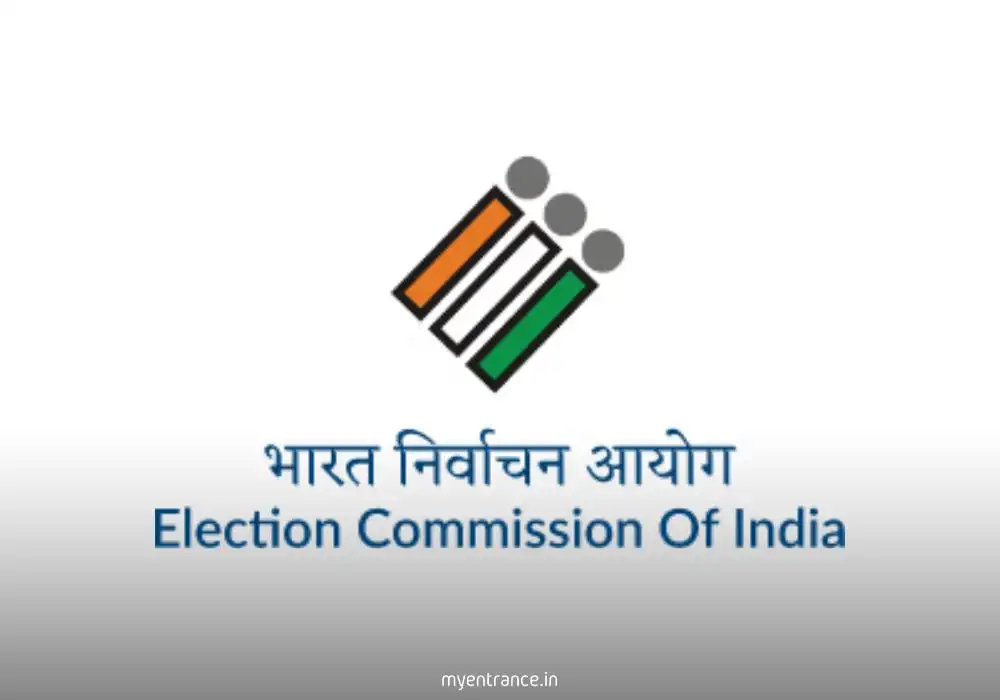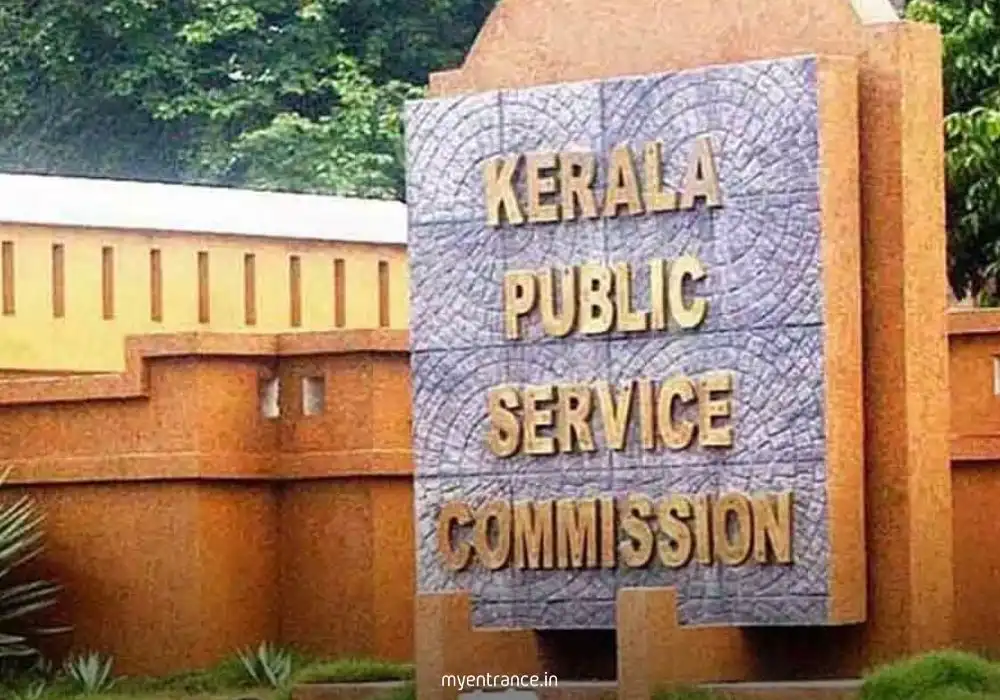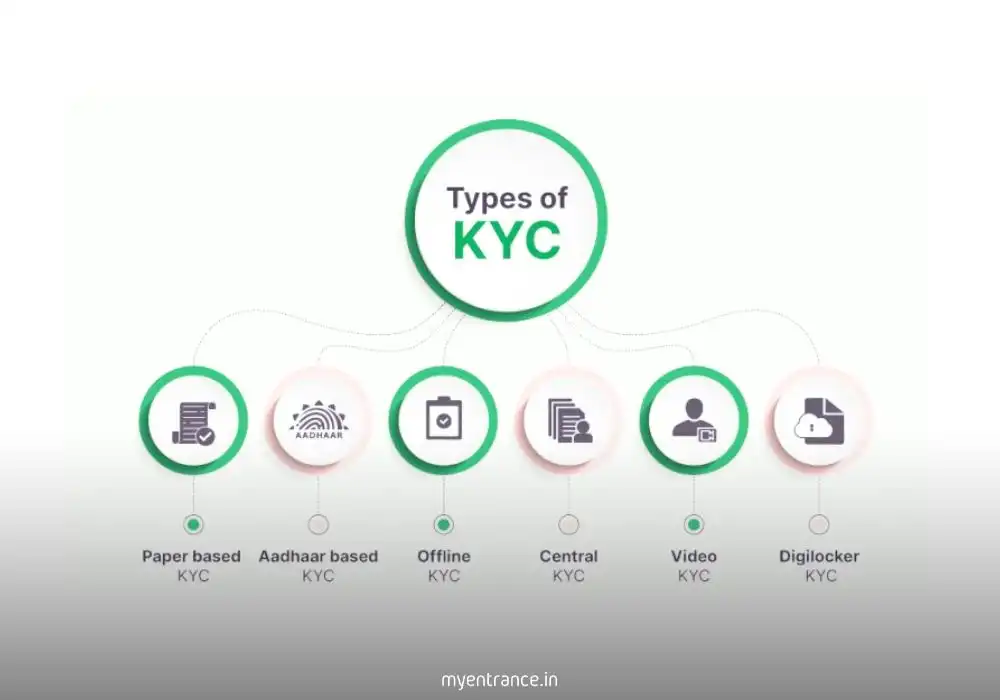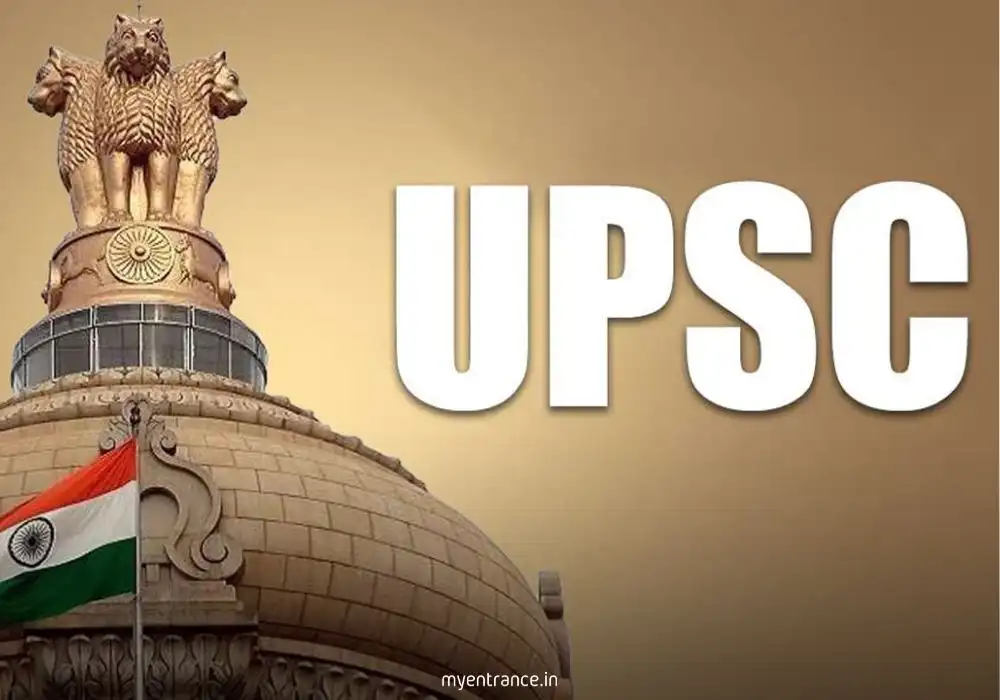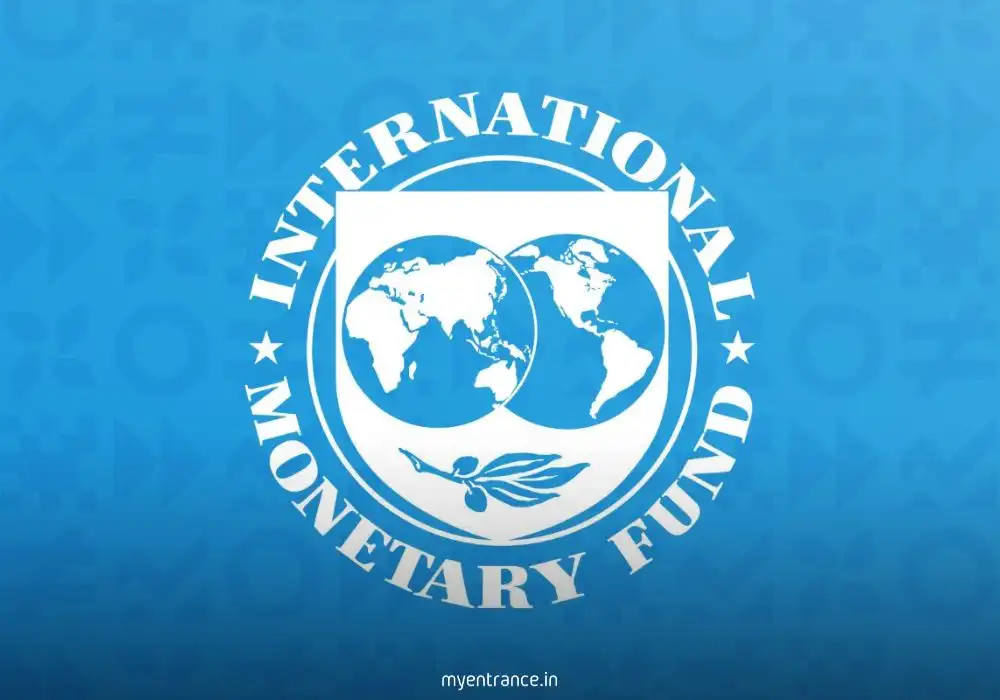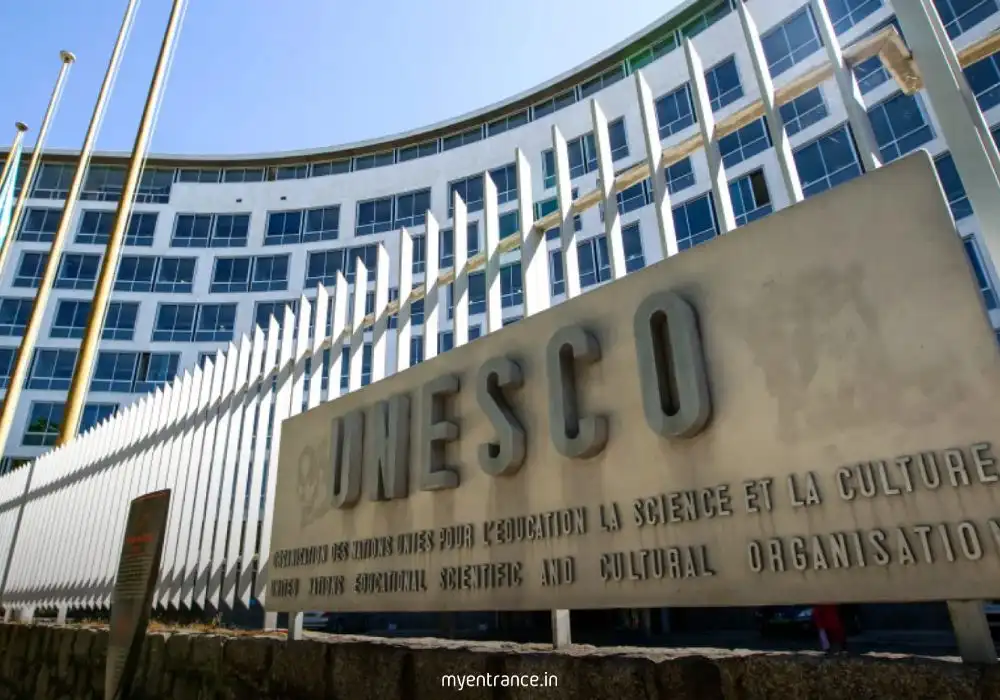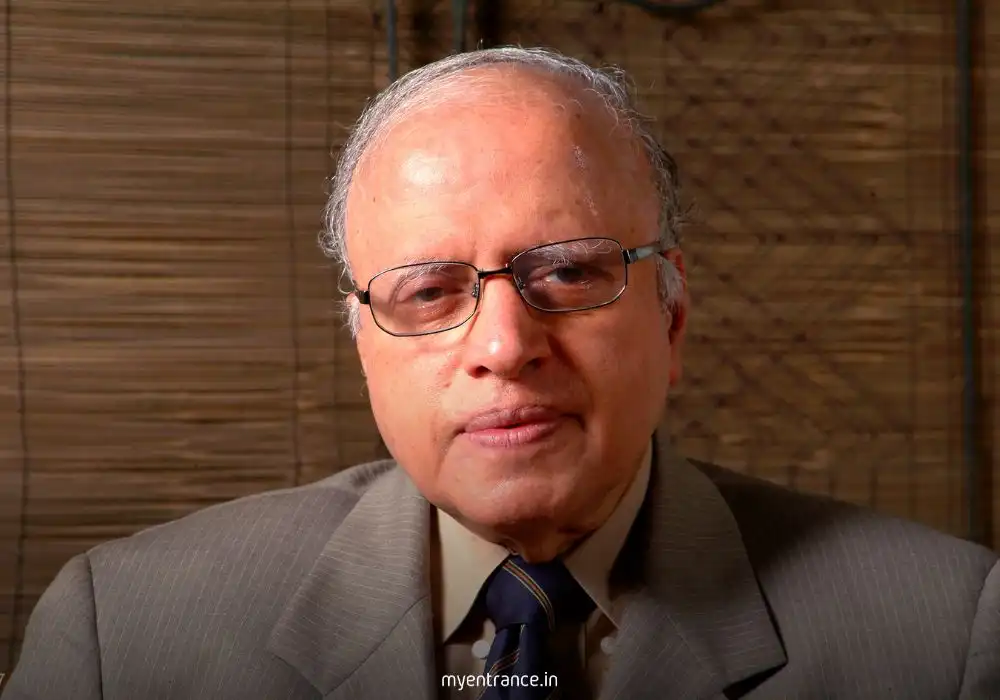Translate Language
Reserve Bank of India (RBI) – Functions, Structure, and Role in Indian Economy
The Reserve Bank of India (RBI) is the backbone of India’s financial system, ensuring economic stability, regulating banks, and managing inflation. Established in 1935 and nationalized in 1949, the RBI plays a crucial role in shaping India’s monetary policies, digital payment systems, and financial inclusion.
For aspirants preparing for UPSC, SSC, PSC, banking, and other competitive exams, understanding the RBI’s functions, structure, and recent initiatives is essential. This guide covers everything you need to know about the RBI in a structured and exam-friendly manner.
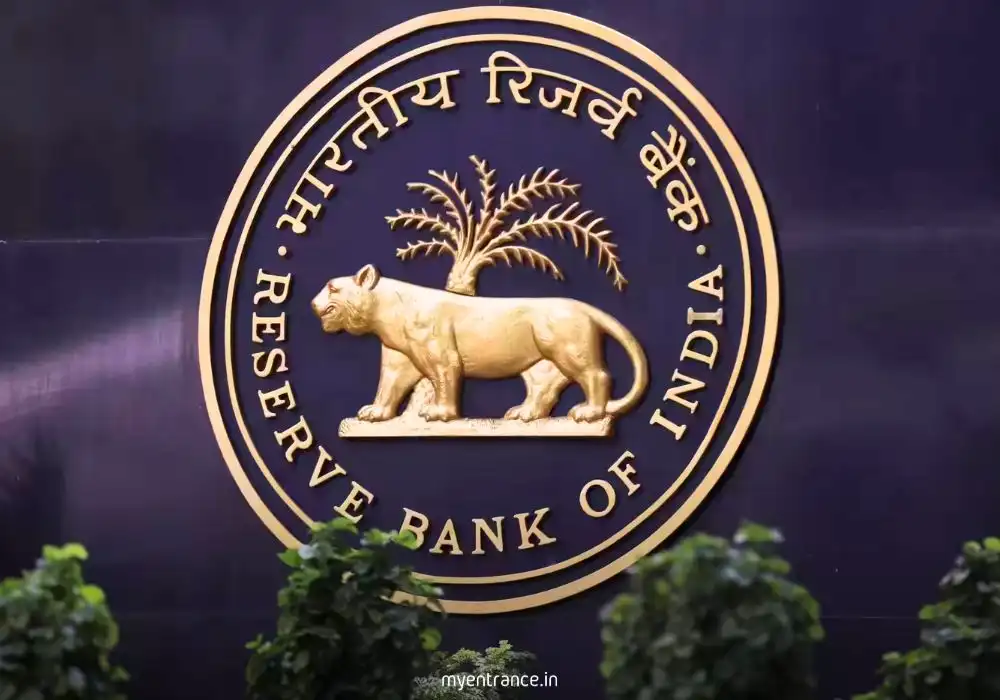
About the Reserve Bank of India (RBI)
The Reserve Bank of India (RBI) is India’s central banking institution, responsible for:
Regulating monetary policy
Issuing currency
Managing foreign exchange reserves
Supervising banks and financial institutions
Key Highlights of RBI
Established: April 1, 1935, under the RBI Act, 1934
Nationalized: In 1949, becoming fully government-owned
Headquarters: Mumbai, Maharashtra
Current Governor (2025): Shaktikanta Das (25th Governor)
Monetary Policy Committee (MPC): Decides key interest rates like repo rate
Structure and Governance of RBI
The RBI operates under a Central Board of Directors appointed by the Government of India. The governance structure includes:
Governor (Shaktikanta Das)
Four Deputy Governors
Executive Directors and Regional Directors
Representatives from economic sectors & states
The Monetary Policy Committee (MPC) sets interest rates to control inflation and ensure economic stability.
Core Functions of RBI
1. Monetary Authority
Controls inflation and liquidity through repo rate, reverse repo rate, CRR, and SLR
The MPC meets bi-monthly to review economic conditions
2. Issuer of Currency
Sole authority for printing Indian Rupee (₹) notes
Ensures sufficient and secure currency circulation
3. Custodian of Foreign Exchange
Manages Forex reserves under FEMA, 1999
Stabilizes the rupee’s exchange rate
4. Regulator of Financial System
Supervises banks, NBFCs, and payment systems
Ensures compliance with Basel III norms for financial stability
5. Developmental Role
Promotes financial inclusion, digital payments (UPI, CBDC), and fintech growth
Supports rural banking via NABARD
6. Banker to Banks & Government
Manages government accounts and public debt
Acts as a lender of last resort for banks
Recent RBI Initiatives (2024-25)
Digital Rupee (CBDC): Pilot launch of e-Rupee for retail & wholesale transactions
UPI Expansion: RBI-regulated NPCI drives UPI growth globally
Stricter Fintech Regulations: Guidelines for digital lending apps
Inflation Control: Maintaining 4% (±2%) CPI inflation target
Challenges Faced by RBI
Managing rising inflation due to global economic shifts
Tackling NPAs (Non-Performing Assets) in banks
Balancing government policies and financial autonomy
Regulating cryptocurrencies and fintech innovations
Sample Questions & Answers for Competitive Exams
Q1. When was the RBI established?
Ans: April 1, 1935, under the RBI Act, 1934.
Q2. Who is the current RBI Governor (2025)?
Ans: Shaktikanta Das (25th Governor).
Q3. What is the inflation target set by RBI?
Ans: 4% (±2%) CPI inflation.
Q4. What is the role of the Monetary Policy Committee (MPC)?
Ans: Decides repo rate, reverse repo rate, and monetary policy to control inflation.
Q5. Which act governs foreign exchange management in India?
Ans: FEMA, 1999 (Foreign Exchange Management Act).
The Reserve Bank of India (RBI) is pivotal in maintaining India’s financial stability, regulating banks, and driving economic growth. With evolving roles in digital currency, UPI, and inflation control, the RBI remains a key institution for competitive exam aspirants.
For more current affairs, daily quizzes, and mock tests for UPSC, SSC, PSC, NID, NIFT, and KAS exams, visit MyEntrance.in – your one-stop destination for exam preparation!
Get 3 Months Free Access for SSC, PSC, NIFT & NID
Boost your exam prep!
Use offer code WELCOME28 to get 3 months free subscription. Start preparing today!
